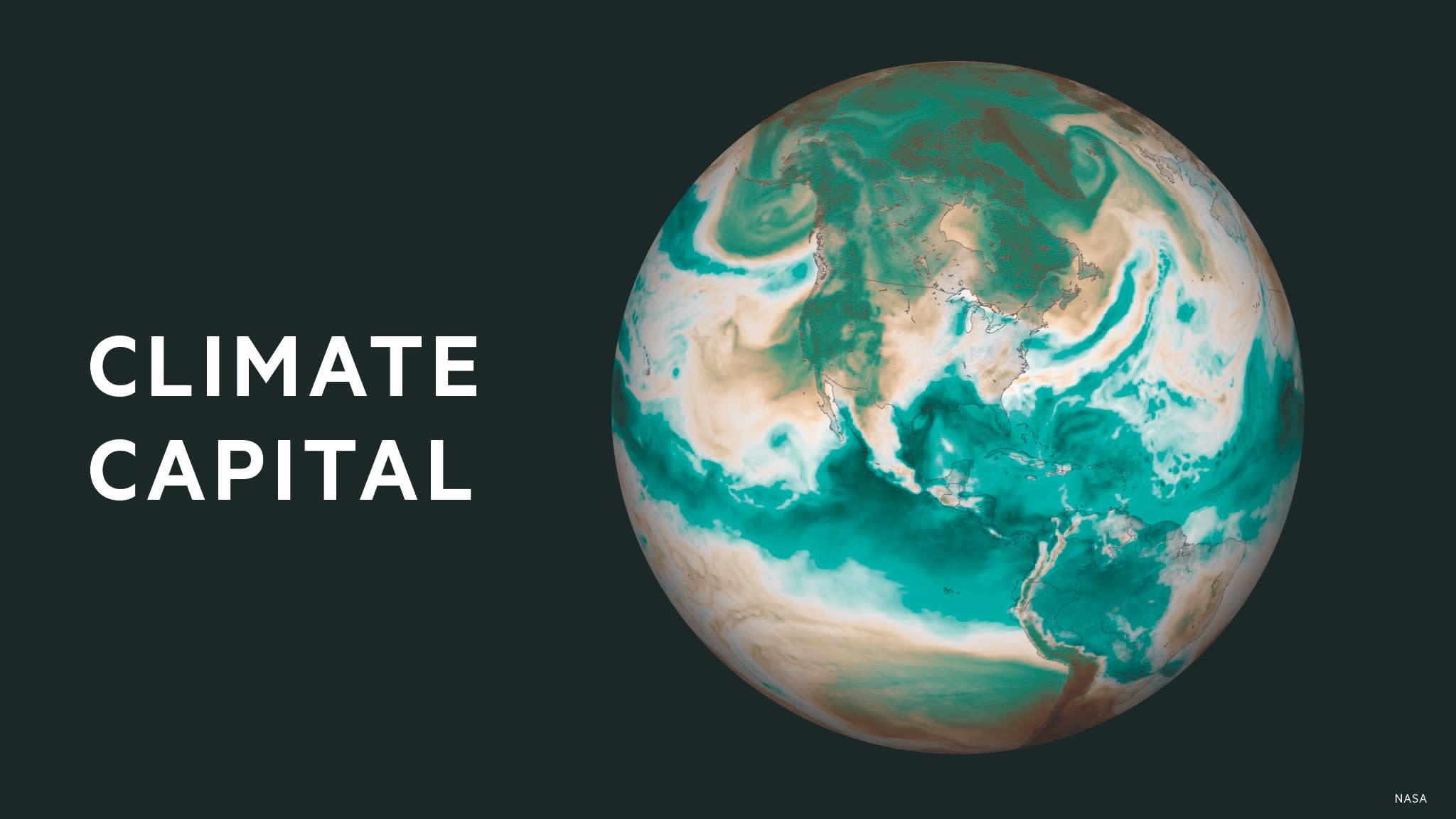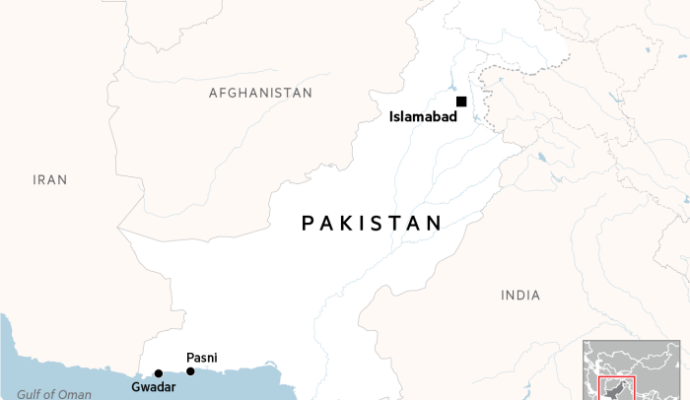Stay informed with free updates
Simply sign up to the Climate change myFT Digest — delivered directly to your inbox.
Devastating monsoon rains in Pakistan have killed more than 250 people, destroyed crops and stranded thousands of tourists, as a large swath of south Asia suffers from extreme flooding.
In parts of central and north-western India, continuous rainfall since June has also claimed an estimated 120 lives. Southern and western parts of China have been hit by mudslides, with urgent evacuations in southwestern Yunnan province, while a severe typhoon season has also hit coastal regions.
Global warming exacerbates extreme weather events, as warmer air holds more moisture. The atmosphere holds about 7 per cent more water for each degree of warming.
The month of June was 1.3C warmer than an estimate of the pre-industrial average for the month, according to the European earth observation agency, and over the preceding 12 months it was tracking at 1.55C higher. This is not yet a breach of the 1.5C threshold set in the Paris climate accord, which is measured over a period of at least two decades.
In Pakistan, heavy rains have ravaged the country, with at least 85 children among the fatalities, according to the national disaster management authority.
Officials described the flooding, which has inundated major cities such as Lahore and Rawalpindi, as the worst since catastrophic floods in 2022 left more than 1,500 dead and some 30mn homeless.
Landslides and heavy rains in the 4,000-metre-high Babusar Pass have resulted in the deaths of several people and the rescue of 200 travellers during its peak season. The mountain range connects Pakistan to its picturesque Gilgit-Baltistan region, the northern part of the disputed Kashmir region.
The rains have destroyed power lines, damaged roads and collapsed homes, burying dozens under the rubble. The military used helicopters to rescue people and the government urged residents of low-lying areas to flee to higher ground.
Pakistani officials forecast the heavy rains will continue into late August. Torrential downpours, punishing heatwaves and glacial melting have all worsened in the country in recent years, making it one of the most vulnerable developing nations in the world to climate change.

Zaheer Abbas, the secretary of tourism for the Gilgit-Baltistan government, said the rains were “unprecedented” and would damage the tourism-dependent region’s economy.
“We are not unfamiliar to floods and landslides, but this was cataclysmic,” he told the Financial Times.
Last year, more than 1mn Pakistanis travelled to the northern regions, where hoteliers, restaurateurs and craftspeople who depend on the rush of summer tourists to fund their entire year of expenses.
The regional government has also issued recent warnings about flooding from glacial lakes this summer, as hot temperatures melt Pakistan’s 7,000 glaciers and cause sudden releases of water that inundate villages. National officials have said that rapidly melting glaciers have made floods in the south more severe.
The 2022 disaster turned Pakistan into a climate financing test case, but officials complain that lofty promises of billions in financial support from developed countries has failed to materialise, or simply added to the country’s mounting debt burden. Millions still live in tents and makeshift mud huts as the government reconstructs areas destroyed in the flooding.
Ishaq Dar, Pakistan’s foreign minister, told the UN last week that developing countries such as Pakistan were in need of debt relief and concessional and grant-based financing to respond to the effects of climate change, mostly caused by emissions from rich, industrialised nations.
In May, the IMF approved an additional $1.4bn tranche of lending, on top of an existing $7bn programme, to help Pakistan build “economic resilience to climate vulnerabilities and natural disasters”.
Climate Capital

Where climate change meets business, markets and politics. Explore the FT’s coverage here.
Are you curious about the FT’s environmental sustainability commitments? Find out more about our science-based targets here

